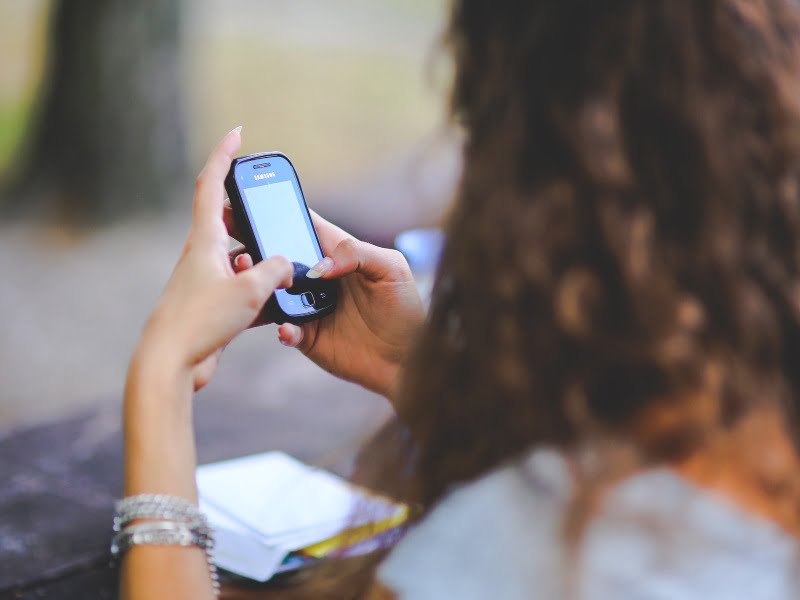
What’s the last thing you check before heading off to bed? How about the first thing when you wake up in the morning?
If you’re like the rest of us, our smartphones are the last and first thing we see in the evenings and mornings. Unfortunately, that may prove to be hazardous to our health.
Apple seems to be on the lookout for the health of its iPhone users, however. With more than 90 million iPhones out in the wild in the U.S., that’s a considerable amount of people who could be benefitting from Apple’s next update to its iOS mobile operating system.
Announced last Monday, Apple’s upcoming iOS 9.3 update includes an unusual amount of new features that are usually left for the next version of iOS – in this case iOS 10.
Some of these features include upgrades to CarPlay that’ll help iPhone users browse suggested songs in Apple Music before heading out, the ability to password protect sensitive notes in the Notes app, and a more personalized feed of news in the News app.
But the feature that is likely to benefit iPhone users the most is Night Shift. Night Shift, in a nutshell, is a feature that will let users adjust their display settings to lessen the amount of blue light being emitted directly back at their eyes.
When turned on, Night Shift will take into account both the time and location of an iOS device to determine when and by how much to shift its display from a brighter, blue screen to a warmer, yellow-toned color that’s much easier on the eyes.
It’s not just easier on our eyes either; it’s easier on our circadian rhythm. Blue light, the light on the color spectrum that makes the screens of our gadgets look bright and crispy, mimics the kind of light we see first thing in the morning. This blue wavelength tells our brain to wake up, pay attention and move.
As the sun sets, our bodies naturally want to get ready to wind down and rest as lesser and lesser blue light becomes prevalent in the evening hours. Unfortunately, with the advent of modern smartphones, tablets and laptops, our bodies have lost touch with nature since we’re constantly bombarding ourselves with even more blue light through the night.
Apple puts it best:
“Many studies have shown that exposure to bright blue light in the evening can affect your circadian rhythms and make it harder to fall asleep. Night Shift uses your iOS device’s clock and geolocation to determine when it’s sunset in your location. Then it automatically shifts the colors in your display to the warmer end of the spectrum, making it easier on your eyes. In the morning, it returns the display to its regular settings. Pleasant dreams.”
Night Shift, however, is a nightmare for app developers who offer the same feature. Typical of Apple, the company has repackaged existing software innovated by other developers and simply baked it into iOS as its own.
f.lux, for example, has offered the very same functionality for years on Apple’s Macs. In fact, f.lux is likely to be the inspiration for iOS 9.3’s Night Shift mode. As a result, right after the announcement of Night Shift, f.lux was prompted to release an open letter addressed to Apple, calling on the company to allow the release of f.lux on iOS, too.
Could Apple have barred f.lux from being available on the App Store since it would be in direct competition to Night Shift? That being said, Apple could very well wipe f.lux out of existence if it decides to port Night Shift over to OS X as well. Hopefully, it won’t come to that since a large part of the App Store’s success is due to the thousands of independent developers creating apps for Apple and its millions of users.
To turn on Night Shift, iPhone users need to launch the Settings app and tap into Display & Brightness. Right under Brightness, a new option titled Blue Light Reduction will appear. From there, users can either manually slide the toggle from Cooler to Warmer, or automatically turn it on at sunset in the Schedule option.
Because iOS 9.3 hasn’t been made public yet, Night Shift and the other features bundled with it in the update will only be available to developers and public beta testers. The rest of us can expect to see warmer, yellow displays this coming spring season.
[“source-techtimes”]




